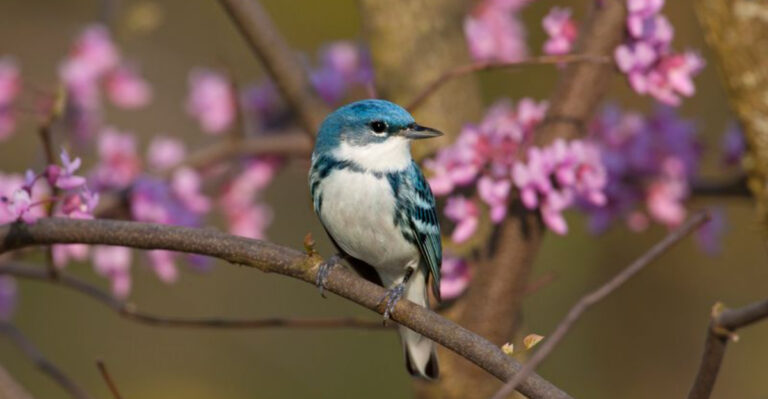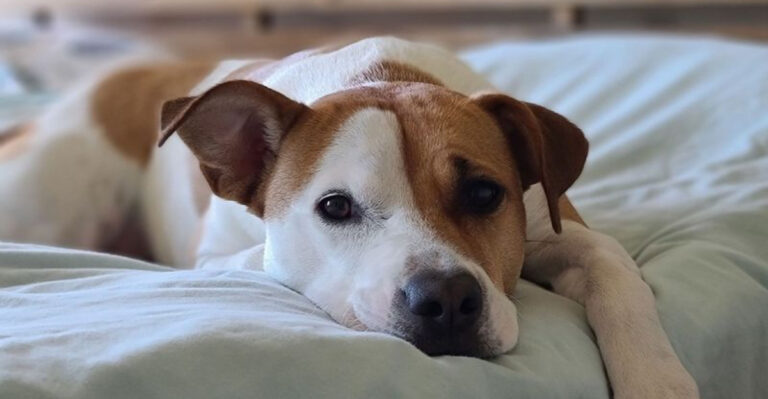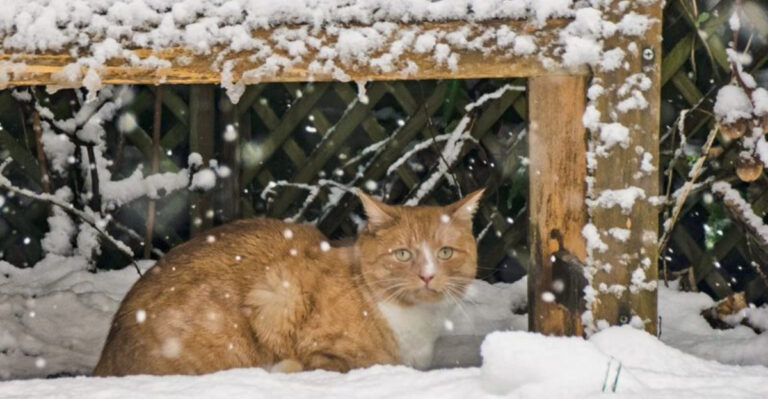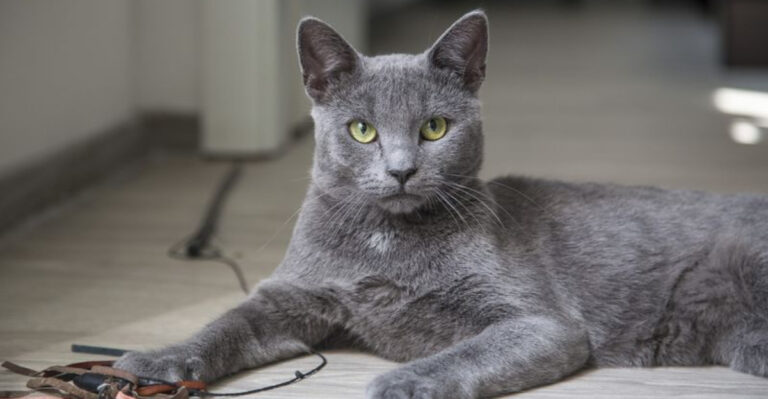17 Effective Ways To Socialize Your Puppy Into A Confident, Happy Dog

Bringing home a new puppy is exciting, but proper socialization is crucial for raising a well-adjusted canine companion. The experiences your puppy has during their first few months shape how they’ll interact with the world for years to come. A well-socialized puppy grows into a confident, friendly dog who can handle new situations with ease instead of fear or aggression.
1. Puppy Kindergarten Classes
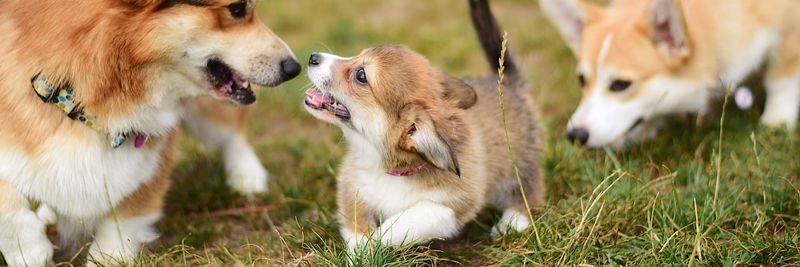
Enroll your furry friend in puppy classes where they’ll meet other young dogs in a controlled environment. Professional trainers supervise these playful sessions, ensuring positive interactions while teaching basic commands.
These classes offer double benefits – your pup learns socialization skills while you gain valuable training techniques. Many veterinarians recommend starting classes as soon as your puppy has appropriate vaccinations, typically around 8-10 weeks old.
2. Gradual Exposure To Different Sounds
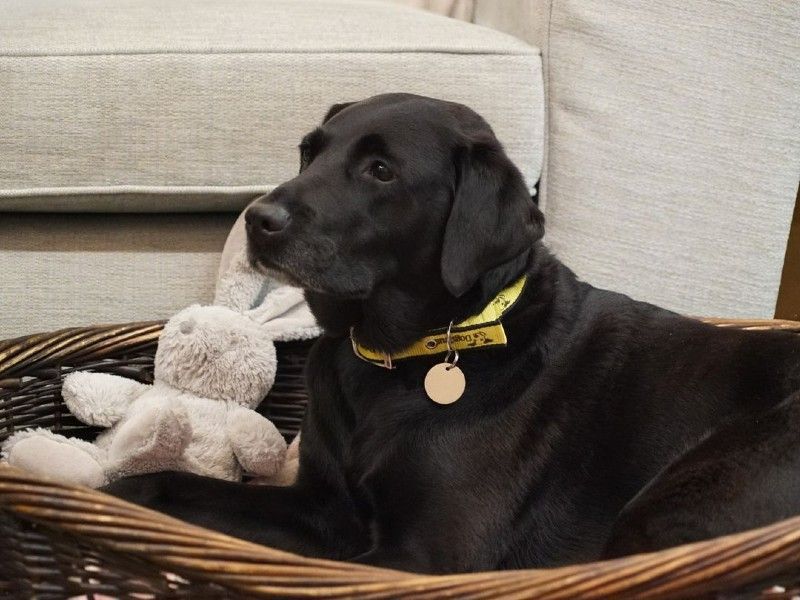
Your puppy’s ears are sensitive to new sounds. Start with quiet household noises like the dishwasher or television at low volumes, then gradually introduce louder sounds like vacuum cleaners or thunderstorm recordings.
Pair these noise exposures with treats and praise to create positive associations. This sound desensitization prevents future noise phobias that can lead to anxiety or fear-based behaviors when your dog encounters unexpected noises in daily life.
3. Car Ride Adventures
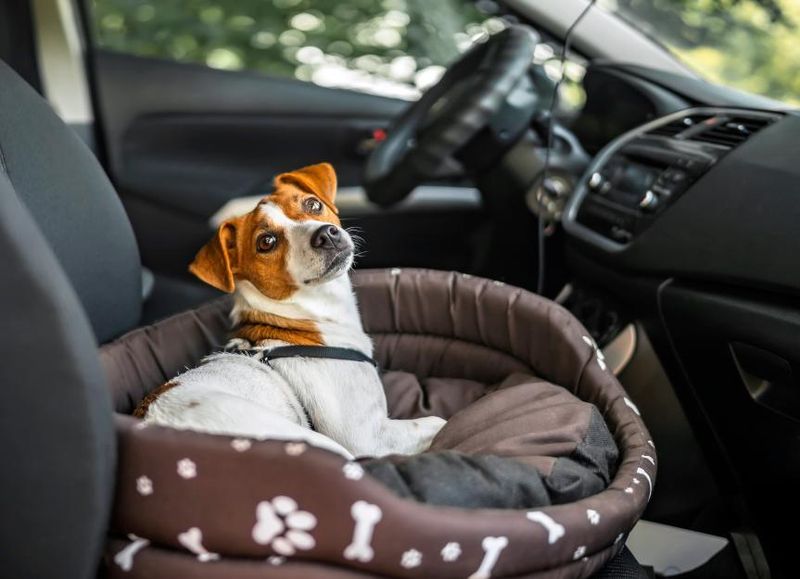
Transform your vehicle into a positive space by taking your puppy on short, fun drives. Begin with the car parked and engine off, allowing exploration with treats and favorite toys.
Gradually progress to brief trips to enjoyable destinations like parks or pet-friendly stores. Never use the car exclusively for vet visits! Regular positive car experiences prevent travel anxiety and motion sickness, making future road trips stress-free for both of you.
4. Meeting Diverse People
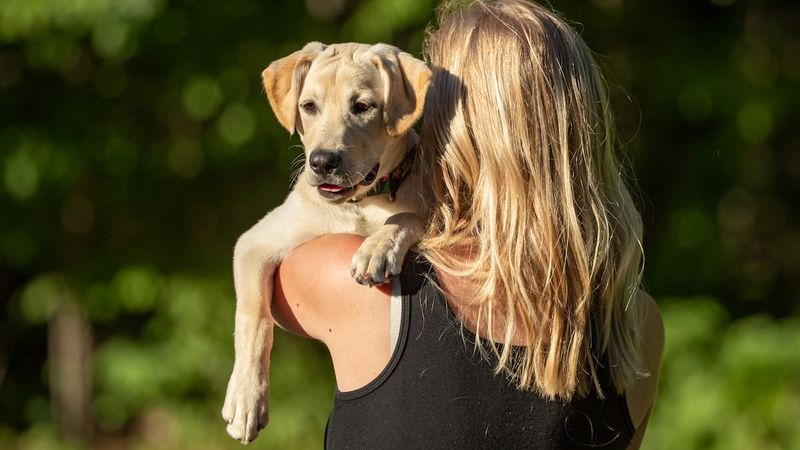
Arrange gentle introductions to people of various ages, heights, appearances, and clothing styles. Men with beards, people wearing hats, children, and individuals using mobility aids should all be part of your puppy’s social education.
Ask friends to offer treats while maintaining calm energy. These positive human encounters prevent fearful reactions later in life. Remember that quality interactions matter more than quantity – each meeting should be positive and never overwhelming.
5. Playdates With Vaccinated Dogs
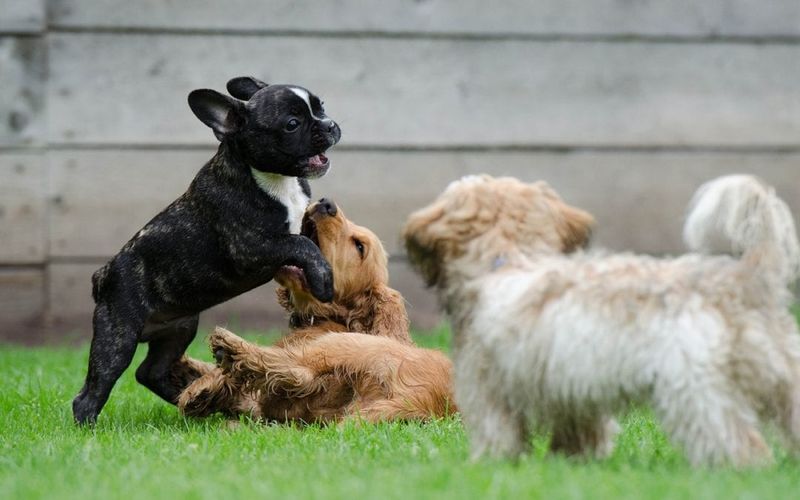
Arrange one-on-one playdates with friendly, fully-vaccinated adult dogs who have good social skills. These canine mentors teach your puppy appropriate play behaviors and bite inhibition through natural dog communication.
Start with calm, patient dogs who can tolerate puppy energy without becoming overwhelmed. Supervise all interactions closely, ending sessions before either dog becomes tired or frustrated. These controlled meetings build your puppy’s confidence and teach proper dog-to-dog etiquette.
6. Walking On Different Surfaces
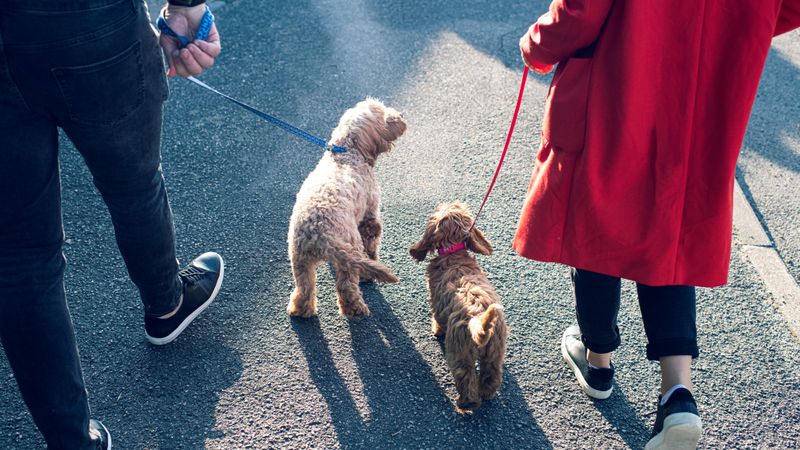
Expose your pup to various walking surfaces – grass, concrete, metal grates, wood floors, and carpet. This textural training prevents future fears of unfamiliar ground textures that could limit where your dog feels comfortable going.
Use treats to encourage exploration while your puppy investigates these new sensations. Many adult dogs develop strange surface aversions simply because they never experienced certain textures during puppyhood. Regular exposure creates a dog who confidently navigates any environment.
7. Handling Exercises For Vet Visits
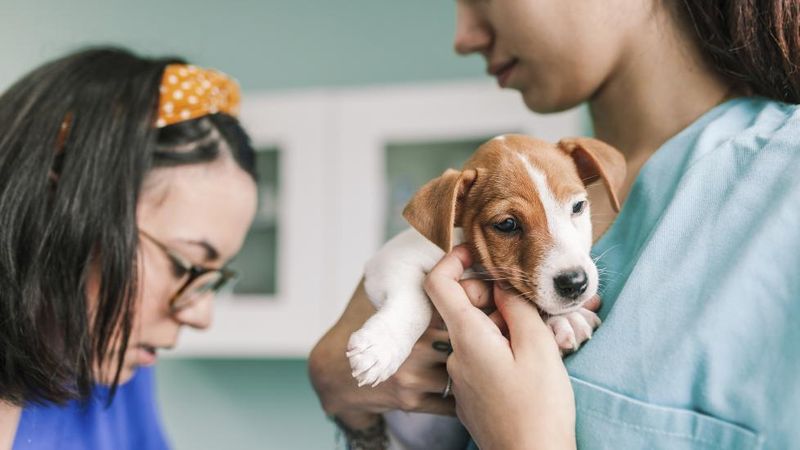
Practice gentle handling of your puppy’s paws, ears, mouth, and tail daily. Touch these sensitive areas briefly while giving treats, gradually extending the duration as your puppy becomes comfortable.
These exercises prepare your pup for veterinary exams and grooming sessions. A puppy who’s comfortable being handled grows into a dog who tolerates nail trims, ear cleaning, and health checks without stress or resistance – making everyone’s life easier.
8. Safe Urban Explorations
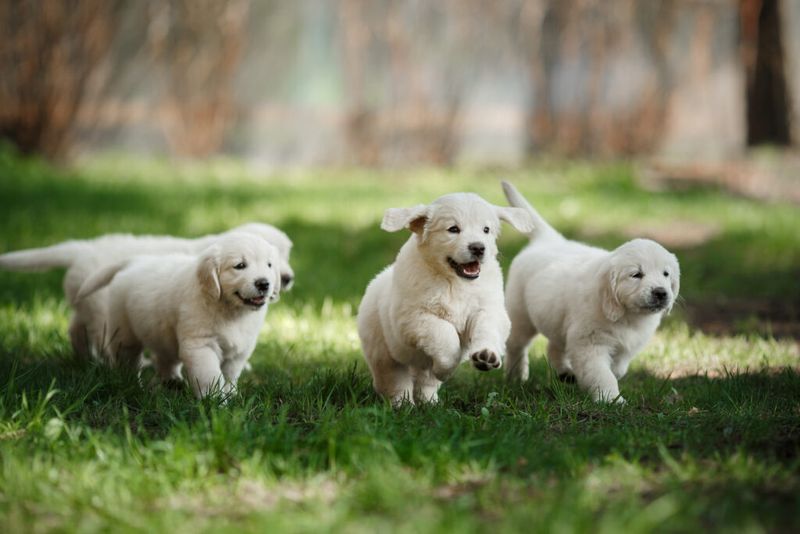
Carry your young puppy through busy areas like downtown streets or outdoor shopping centers before full vaccination. This exposure to urban sights, sounds, and smells builds environmental confidence while keeping them safe from ground-level pathogens.
Choose times when crowds are moderate – not overwhelming – and bring treats to create positive associations. These early urban experiences prevent your puppy from developing fear of busy environments later in life, resulting in a dog who remains calm in any setting.
9. Positive Experiences With Other Animals
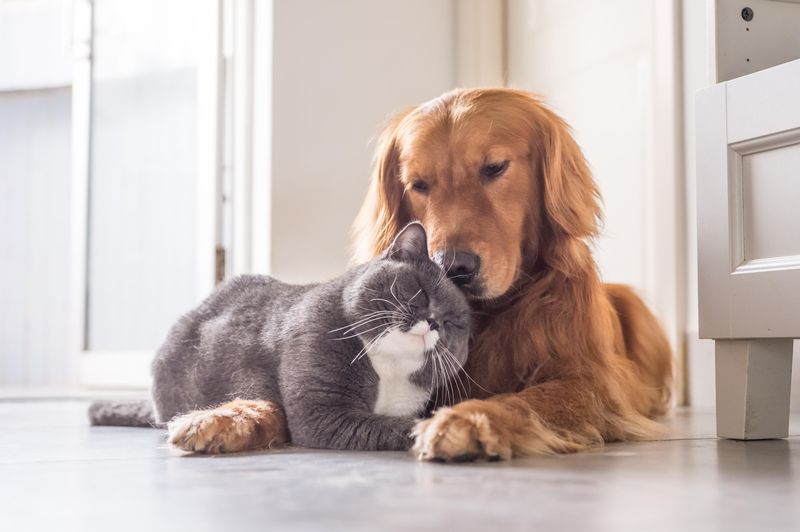
Gradually introduce your puppy to other household pets and animal species they’ll likely encounter. Use baby gates or crates initially to allow safe visual contact without physical interaction that might overwhelm either animal.
Reward calm behavior around cats, rabbits, or livestock with praise and treats. Creating positive multi-species associations early helps prevent prey drive or fear reactions. A well-socialized dog learns which animals are friends versus those to ignore – an essential distinction for harmonious living.
10. Weather And Seasonal Exposures
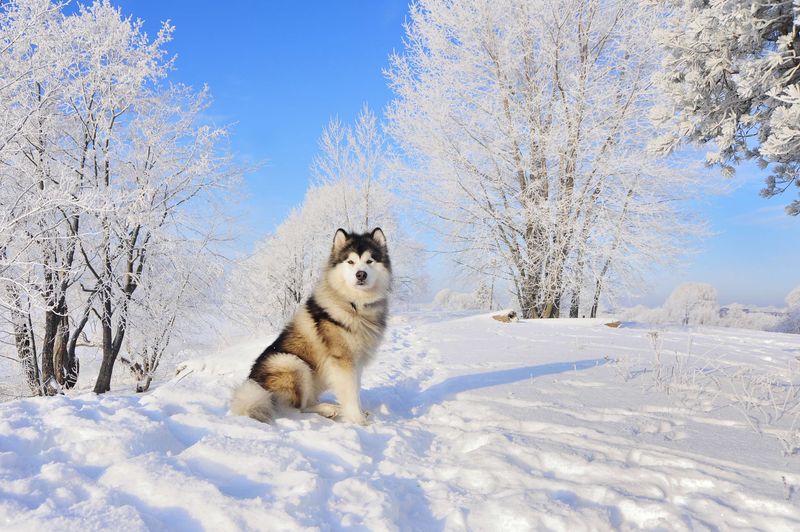
Help your puppy experience different weather conditions in positive ways. Short, playful outings in light rain, walks on cool (not freezing) snow, or supervised exploration on warm (not hot) sand builds environmental resilience.
Make these weather introductions brief and fun, with plenty of encouragement. Many dogs develop weather aversions simply because they weren’t properly introduced during puppyhood. Seasonal exposure creates a dog who’ll happily walk in various conditions rather than refusing to go outside when weather changes.
11. Reward-Based Training For Focus
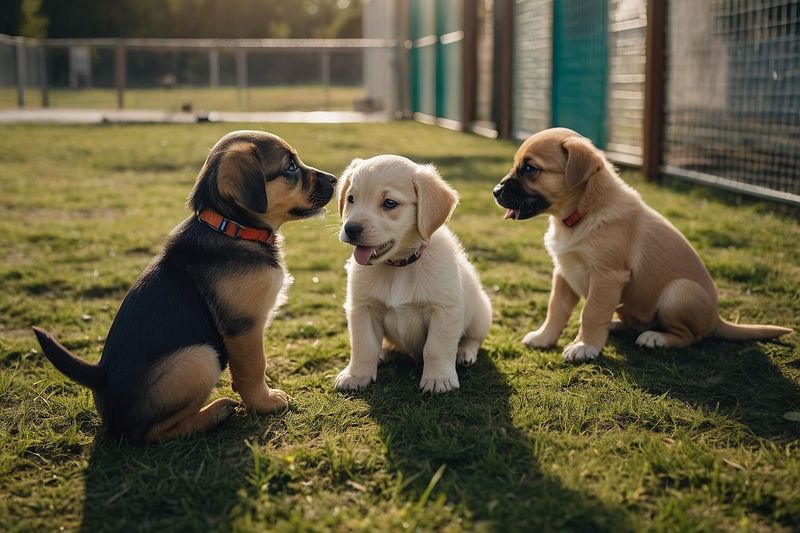
Teach your puppy to focus on you despite distractions using high-value treats and short training sessions. Start in quiet environments, then gradually add mild distractions like toys or distant sounds.
Practice the “watch me” command regularly, rewarding eye contact. This focused attention becomes invaluable in busy environments where your dog needs to ignore potential distractions. A puppy who learns to maintain concentration develops into a dog who can remain calm even in chaotic situations.
12. Calm Greetings Protocol
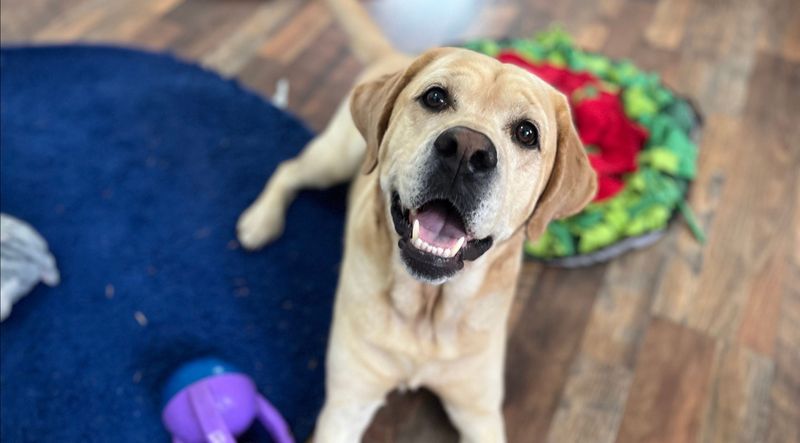
Establish a clear greeting routine that prevents jumping and overexcitement. Ask visitors to ignore your puppy until they’re sitting calmly, then reward this self-control with gentle attention.
Consistency is crucial – everyone who enters your home should follow the same greeting rules. This structured approach teaches your puppy that calm behavior earns attention while excitement doesn’t. The result is a well-mannered adult dog who greets people politely instead of jumping or barking.
13. Exposure To Common Obstacles
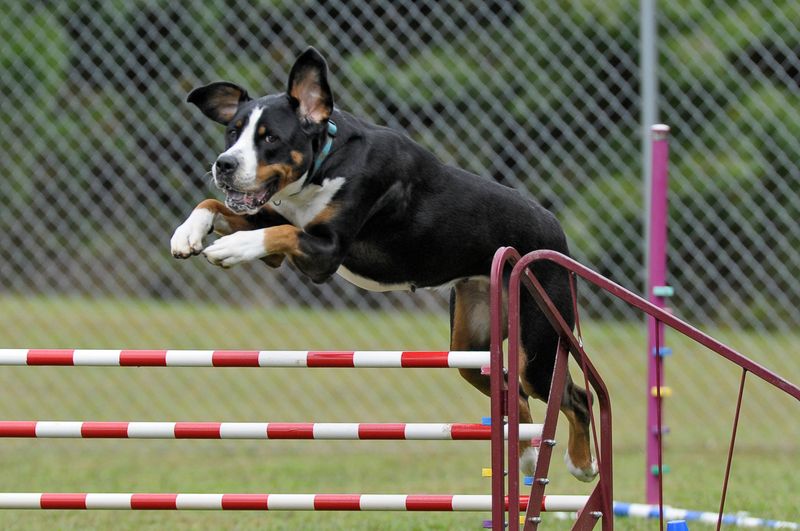
Create a mini obstacle course using household items like cushions, cardboard boxes, and hula hoops. Guide your puppy through, around, and over these objects using treats and encouragement – never force.
These physical challenges build body awareness and confidence. A puppy who learns to navigate various obstacles develops better coordination and problem-solving skills. This environmental enrichment prevents fearful reactions to new objects or physical challenges they’ll encounter throughout life.
14. Positive Experiences At The Groomer
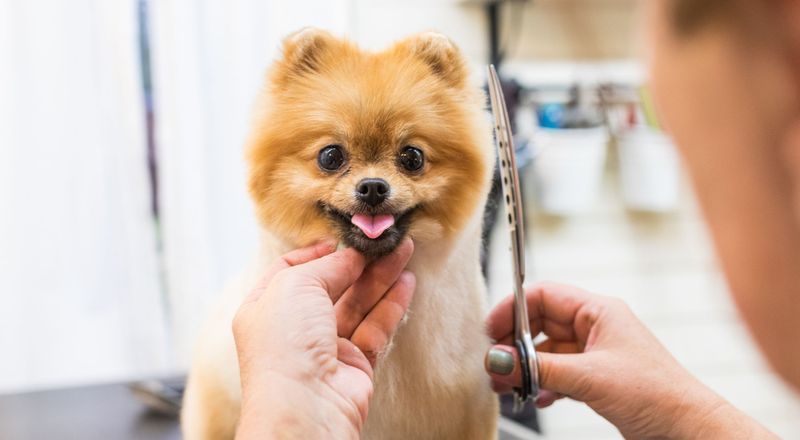
Schedule short, positive visits to the groomer before your puppy needs actual grooming services. These introductory visits allow your pup to experience the sights, sounds, and smells of the salon without the stress of a full grooming session.
Ask the groomer to offer treats and gentle handling. Regular grooming exposure prevents the fear many dogs develop around brushing, bathing, and clipping. Early positive associations create a dog who views grooming as a normal, even enjoyable part of life.
15. Appropriate Dog Park Introduction
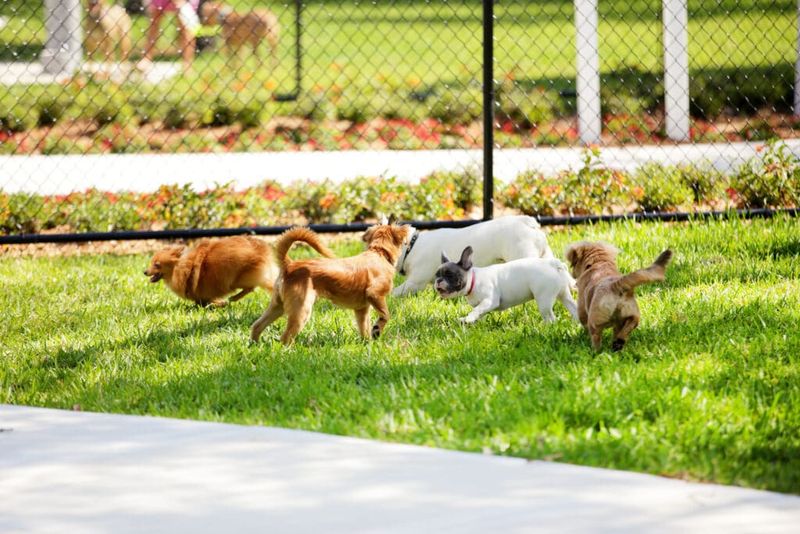
Wait until your puppy is fully vaccinated and has developed basic social skills before visiting dog parks. First visits should be during quiet hours with fewer dogs, allowing controlled introductions to friendly canines.
Stay close to your puppy, intervening if play becomes too rough. Dog parks can be wonderful socialization opportunities or overwhelming experiences depending on how they’re introduced. Careful monitoring ensures your puppy builds confidence without negative interactions that could create lasting fears.
16. Restaurant Patio Practice
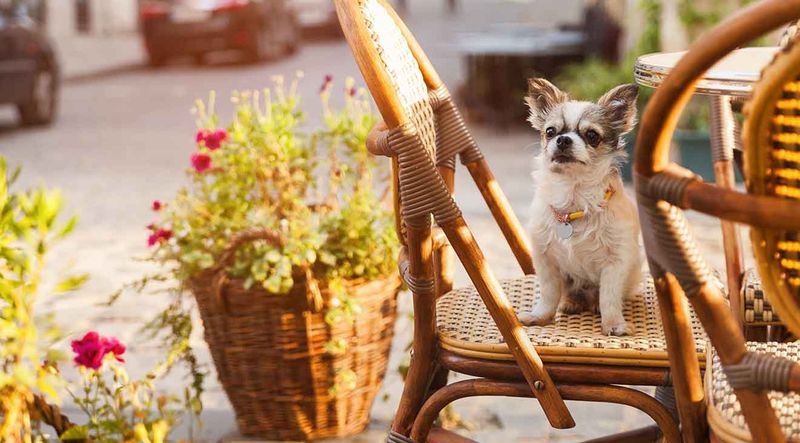
Teach your puppy to settle calmly in public by visiting pet-friendly restaurant patios during non-busy hours. Bring a chew toy or mat to encourage relaxation while you enjoy a brief meal.
Start with short visits, gradually extending the duration as your puppy’s patience increases. These controlled public outings build incredible real-world manners. A puppy who learns to remain settled in stimulating environments becomes an adult dog who can accompany you anywhere without disruption.
17. Exposure To Household Appliances
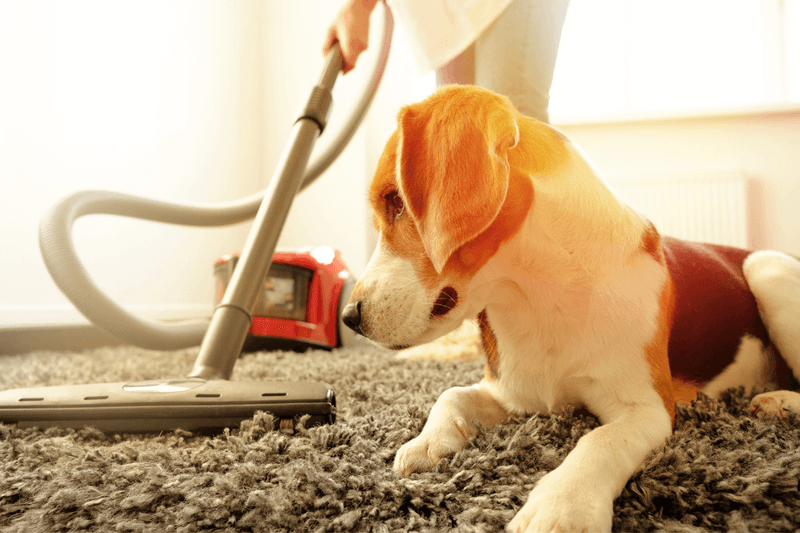
Familiarize your puppy with common household appliances like washing machines, dishwashers, and vacuum cleaners. Begin with the appliance turned off, allowing investigation and offering treats near it.
Gradually introduce the running appliance from a distance, pairing the noise with treats and play. This methodical desensitization prevents the appliance phobias many dogs develop. A puppy who becomes comfortable with mechanical noises grows into a dog who remains calm during household activities rather than hiding or barking.

